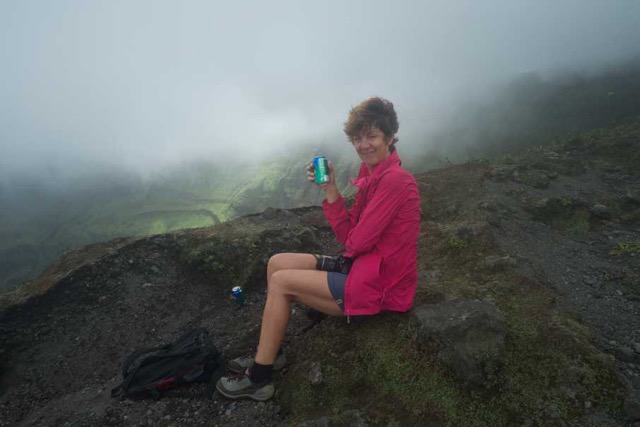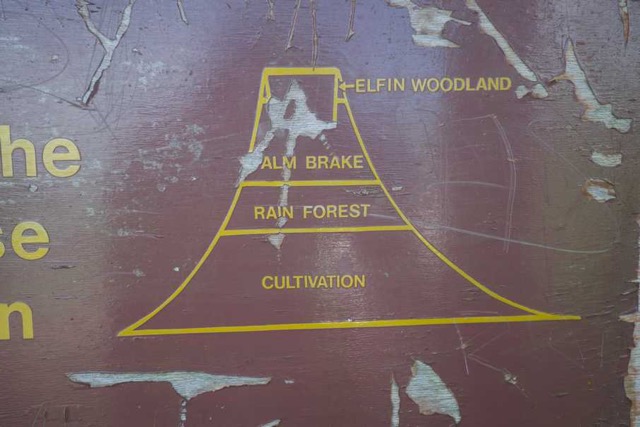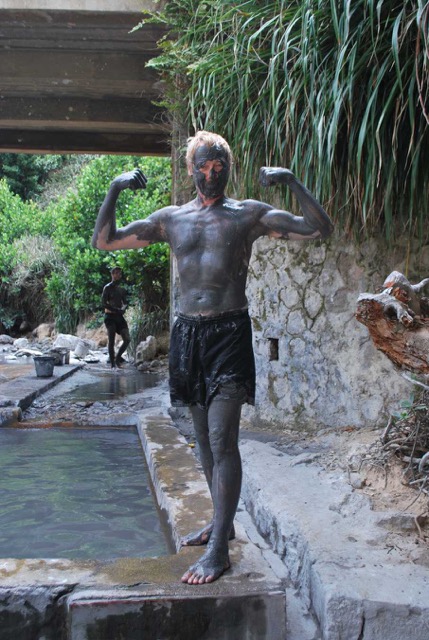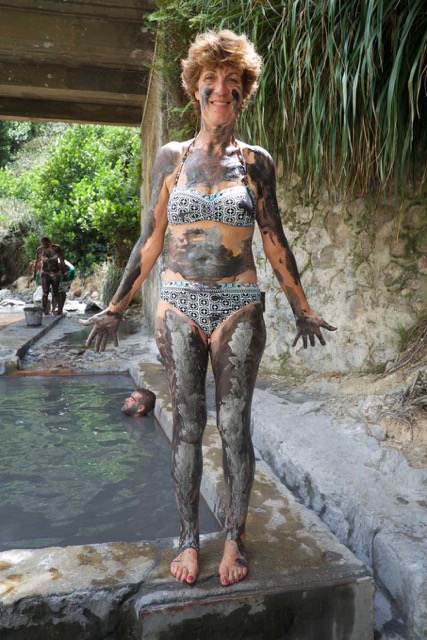Volcanos

Vega
Hugh and Annie
Thu 19 May 2016 15:27
| When cruising the Caribbean there are more days spent at anchor, on a mooring or on a berth than there are at sea under sail. There is little in the way of passage making but lots of islands to visit and each one different from the others. You might think from watching Pirates of the Caribbean that it is all white sandy beaches and palm trees. There are those of course (e.g. Barbuda and Tobago Cays) but the islands are volcanic and there are more black sand or mottled black sand and white coral sand beaches than purely white. Being volcanic there are plenty of volcanos to climb and we have spent more time in the cloud and rainforest than on the beach. It is also cooler up there………. Thanks to an interpretation board at the Soufriere volcano on St Vincent I can now confirm for you botanists the types of afforestation as follows, and in ascending order - 1. Mangrove around low lying coastal areas 2. Coastal deciduous woodland (or agriculture) on the lowest slopes and hills. May include scrub and cacti. 3. Rainforest. Now largely denuded of hardwood from earlier logging operations for the plantations. It only occurs on the higher, wetter islands above, I would guess, around 1000ft. There is still a lot of it left on Dominica but on many of the other islands much has been removed and replaced by deciduous woodland or agriculture on the lower slopes. 4. Palm Break. Above the rainforest the trees are replaced by solitary palms that look like large tree ferns and give a very ancient feel to the landscape. The ground vegetation might be bromeliads, other flowering plants or low shrubs. When in the cloud you expect T Rex to emerge from the mist at any moment. 5. Elfin woodland. This occurs around the top of the volcano. There are no trees or palms and only very low shrubby vegetation and some flowering plants. We did see a hummingbird on the top of the volcano on St Vincent. The pictures below show Mt Soufriere on St Vincent and you will notice of course the classic crater and lava dome within. Steam is venting from the left hand side of the dome. The last eruption was in 1979. The volcanos of the Caribbean erupt as a result of lava domes being forced up under pressure from beneath and then collapsing. You get an initial period of the dome building up and then it collapses with resulting violent and destructive pyroclastic flows of hot rock and ash. Volcanos in other parts of the world may erupt with molten lava spilling out of the crater under pressure from below as, for example, on Iceland and Sicily. Hot streams and pools to bathe in seem to be the worst on offer at the moment but these volcanos are still active in geological terms. Maybe our vulcanologist contact Rob can tell us at what point an active volcano is considered to be dormant………………….       |